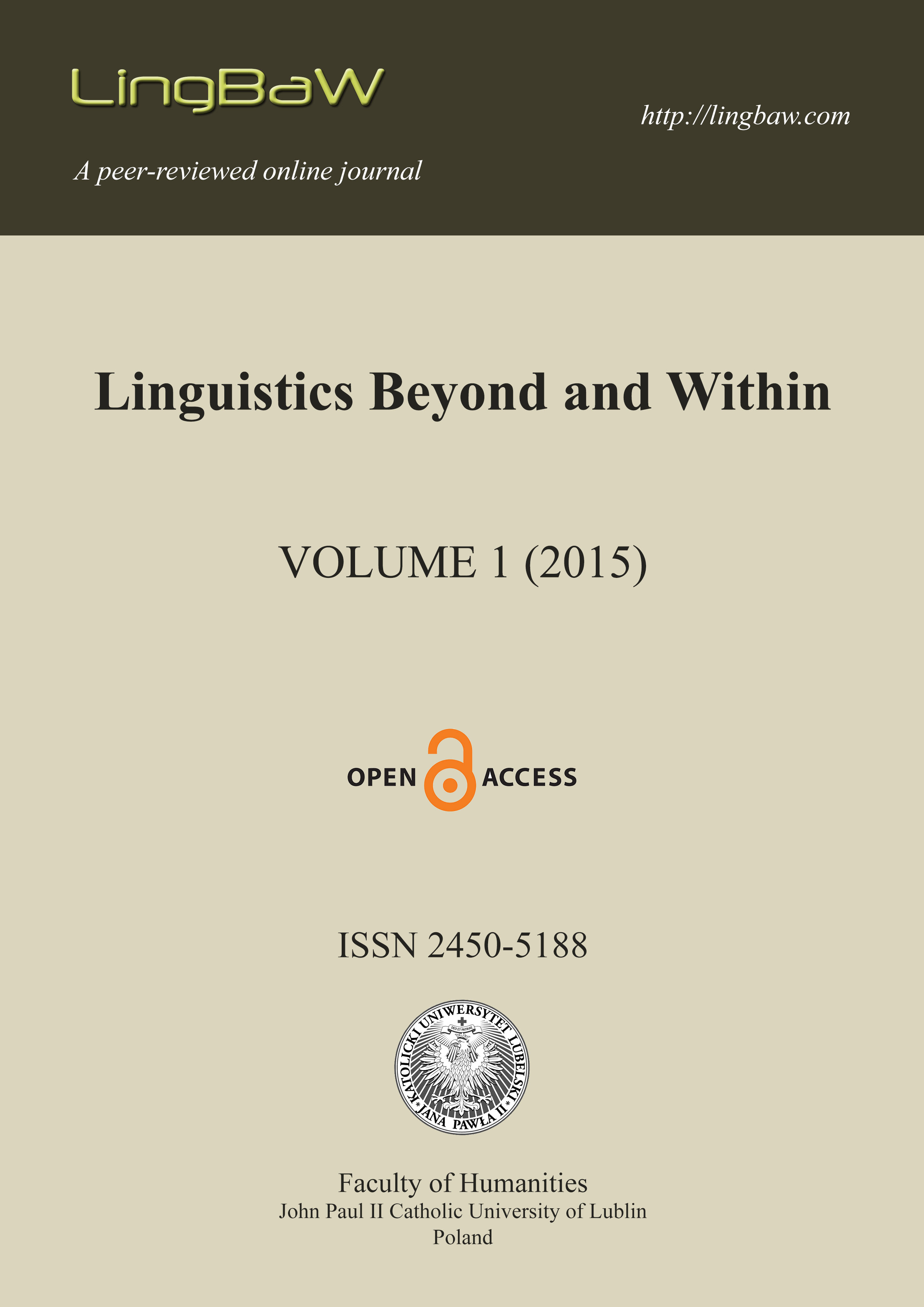Ad hoc properties and locations in Maltese
Ad hoc properties and locations in Maltese
Author(s): Gréte DalmiSubject(s): Language and Literature Studies, Theoretical Linguistics, Syntax
Published by: Wydawnictwo KUL
Keywords: ad hoc vs. habitual properties; alternative states; accessible worlds; rich structure small clauses; cyclic Agree
Summary/Abstract: This paper aims to show that the four-way BE-system of Maltese can best be accommodated in a theory of non-verbal predication that builds on alternative states, without making any reference to the Davidsonian spatio-temporal event variable. The existing theories of non-verbal predicates put the burden of explaining the difference between the ad hoc vs. habitual interpretations either solely on the non-verbal predicate, by postulating an event variable in their lexical layer (see Kratzer 1995; Adger and Ramchand 2003; Magri 2009; Roy 2013), or solely on the copular or non-copular primary predicate, which contains an aspectual operator or an incorporated abstract preposition, responsible for such interpretive differences (Schmitt 2005, Schmitt and Miller 2007, Gallego and Uriagereka 2009, 2011, Marín 2010, Camacho 2012). The present proposal combines Maienborn’s (2003, 2005a,b, 2011) discourse-semantic theory of copular sentences with Richardson’s (2001, 2007) analysis of non-verbal adjunct predicates in Russian, based on alternative states. Under this combined account, variation between the ad hoc vs. habitual interpretations of non-verbal predicates is derived from the presence or absence of a modal OPalt operator that can bind the temporal variable of non-verbal predicates in accessible worlds, in the sense of Kratzer (1991). In the absence of this operator, the temporal variable is bound by the T0 head in the standard way. The proposal extends to non-verbal predicates in copular sentences as well as to argument and adjunct non-verbal predicates in non-copular sentences.
Journal: Linguistics Beyond and Within (LingBaW)
- Issue Year: 1/2015
- Issue No: 1
- Page Range: 64-85
- Page Count: 22
- Language: English

